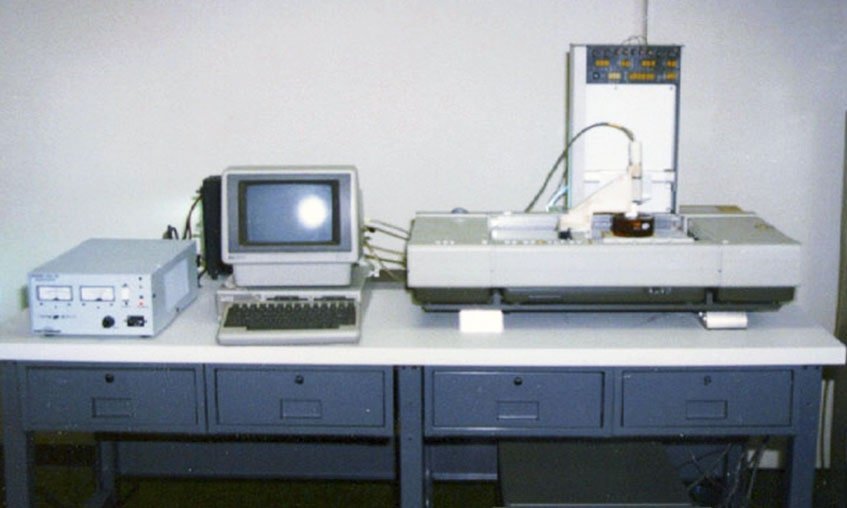
3D printing is used to manufacture moulds for making jewelry, and even the jewelry itself. 3D printing is becoming popular in the customisable gifts industry, with products such as personalized models of art and dolls, in many shapes: in metal or plastic, or as consumable art, such as 3D printed chocolate.
3D printing uses computer technology to create 3-dimensional solid objects. It combines the additive process or layering the material in thin horizontal cross-sections, and the computer program to print solid objects. You can create almost anything from 3D printing including toys, guns, or machine parts. The history of 3D printing is important to understanding the future of manufacturing as this technology becomes more popular and more available to the public.
The History of 3D Printing and its Development

In real terms, however, the origins of 3D printing can be traced back to 1986, when the first patent was issued for stereolithography apparatus (SLA). This patent belonged to one Charles (Chuck) Hull, who first invented his SLA machine in 1983. But the earliest record of 3D printing through the additive process was the Japanese inventor Hideo Kodama in 1981. He created a product that used ultraviolet lights to harden polymers and create solid objects. This is a stepping stone to stereolithography (SLA).
Origin of a 3D Printer
Three years later, American inventor, Chuck Hull, developed the technology in 1983, referred to at the time as “stereolithography,” a process similar to 3D printing that uses technology to create smaller versions of objects so they can be tested before spending time and money on creating the actual product. They were mainly used to create models and replacement parts in industry and managed to find their way into art and private households. The object is printed layer by layer, rinsed with a solvent, and hardened with an ultraviolet light. The process uses computer-aided designs (CAD) to create the 3D models.

After years of research and experimentation, Hull sold his first 3D Printer for $100,000 in 1988. 3D Printing was first used for medical purposes as dental implants and custom prosthetics in the 1990s. Eventually, scientists were able to grow organs from patient’s cells and used a 3D printed scaffold to support them.
Selective Laser Sintering (SLS) is another, more advanced, form of 3D printing. It uses additive manufacturing and a powder polymer—typically nylon—to create objects. SLS uses a laser to fuse the powder together, layer by layer, into more complex shapes than SLA is capable of creating.
Fused Deposition Modeling (FDM), developed by Scott Crump, is the most common form of 3D printing today. It is known as the “desktop 3D printers” because it is the most commonly used form of the technology. To form an object, the printer heats a cable of thermoplastic into liquid form and extrudes it layer by layer.

Overall 3D printing has changed and improved over the past thirty years. SLA, SLS, and FDM show the history of 3D printing, and thus how it became a vital tool for manufacturing. It allows you to make virtually anything simply by creating a computer file. Visit our website to learn how 3D printing can help you.

Leave a Reply
You must be logged in to post a comment.